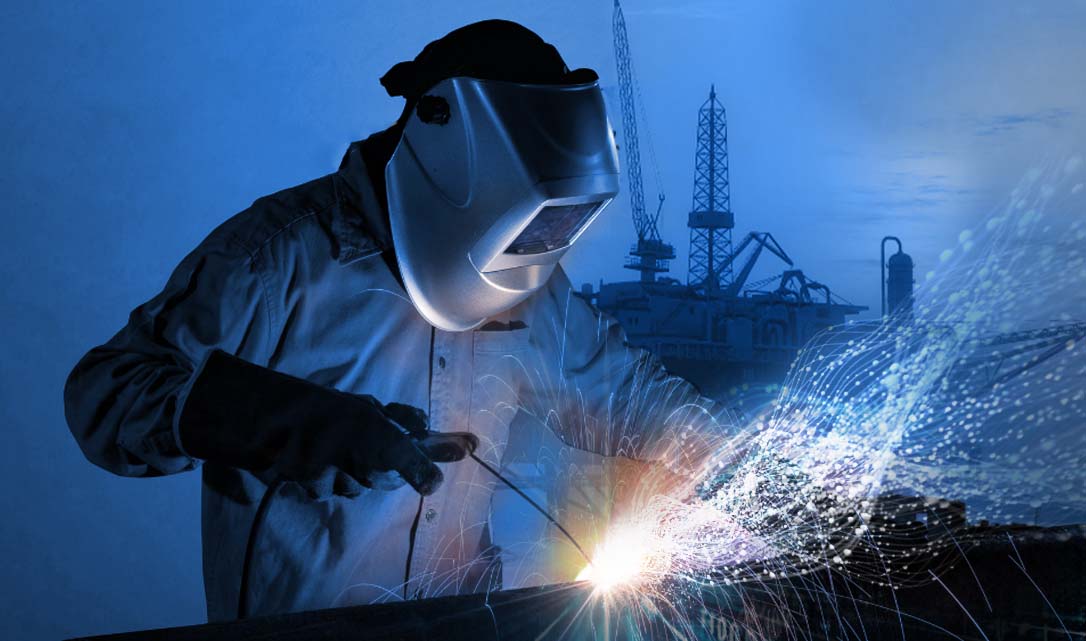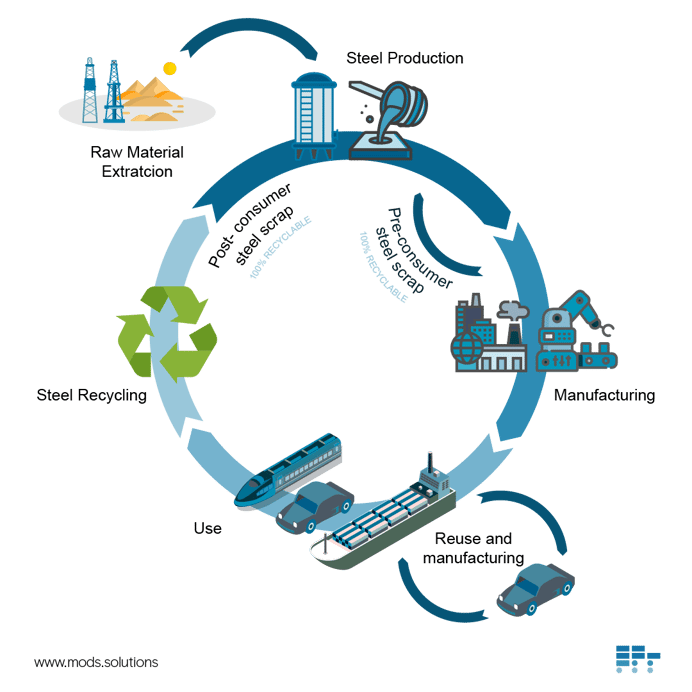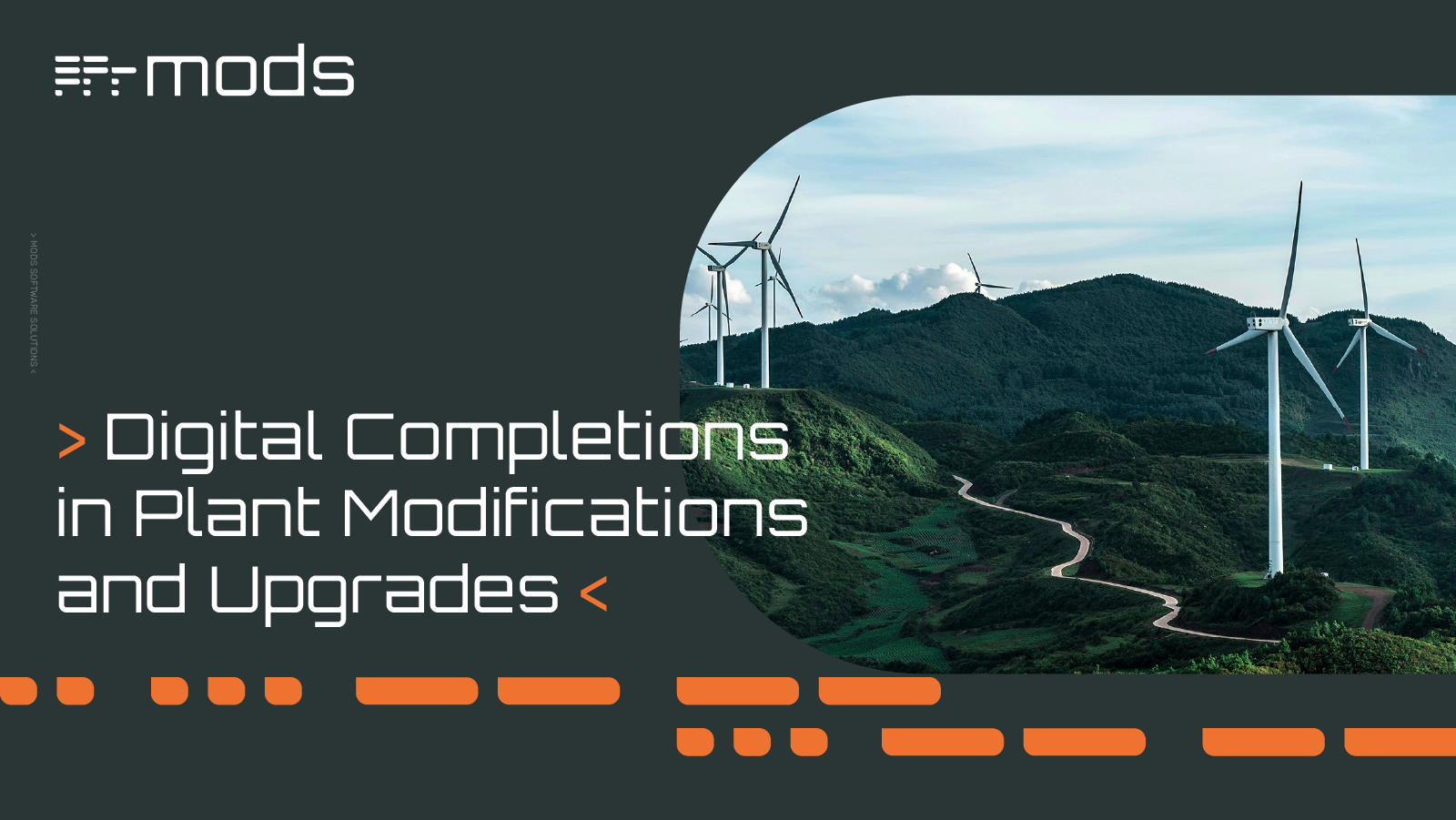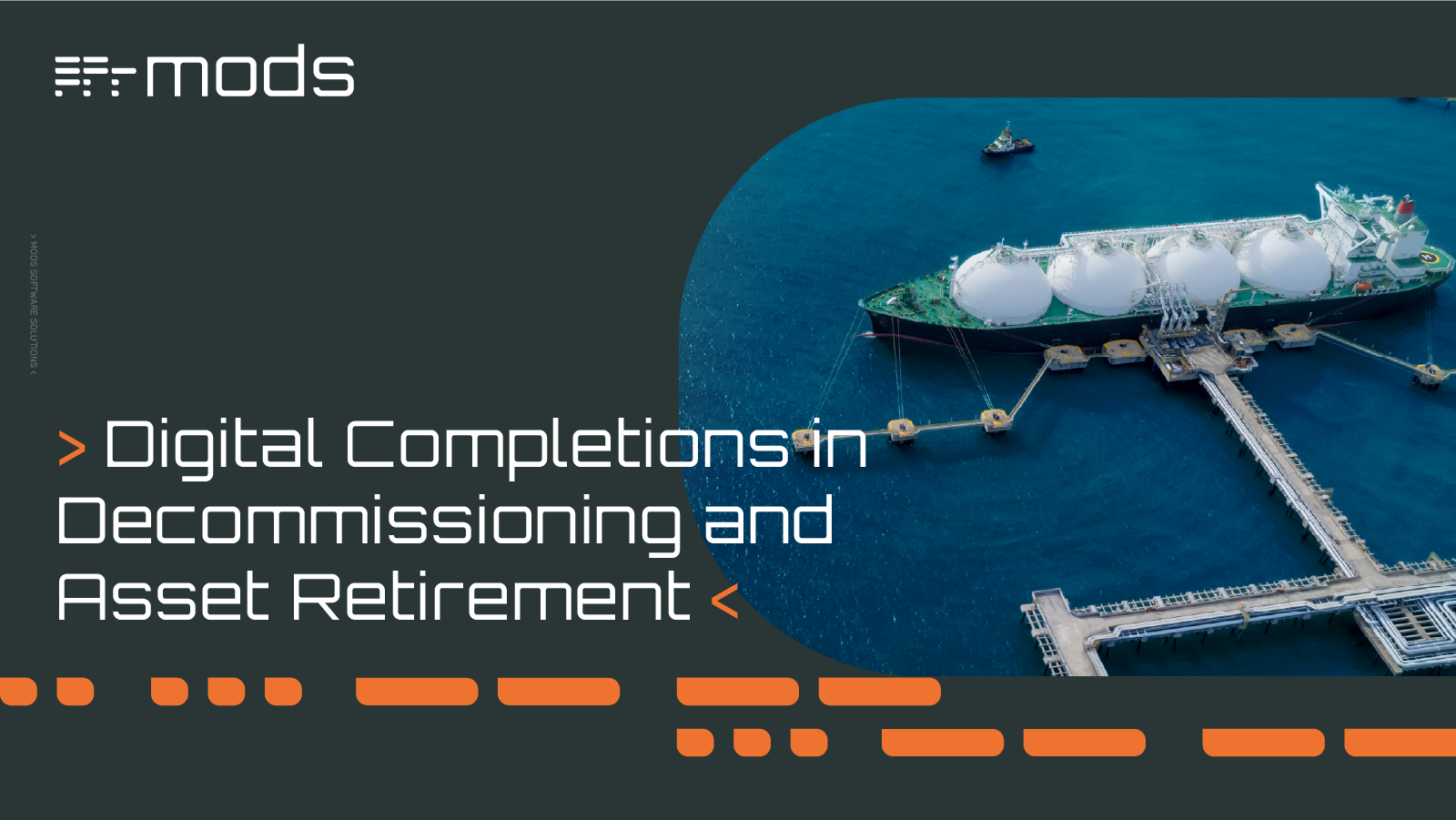Digital Completions in Plant Modifications and Upgrades
Unlike greenfield or any new build construction projects, plant modifications and upgrades present a unique set of challenges. Work is carried out...
3 min read
 Lisa De Vellis, PE
:
Feb 11, 2022 9:47:23 AM
Lisa De Vellis, PE
:
Feb 11, 2022 9:47:23 AM

“The more you build, the more you’re going to learn.” Lee Anthony Bordelon Sr certainly knows. He’s been with GIS – a strategic partner in global energy – for twenty-seven years, currently as Vice President Fabrication, overseeing four high-functioning industrial fabrication yards in Louisiana.
The term, industrial fabrication, provokes images of masked men in coveralls wielding flame-torches. Not exactly a modern vision. But Lee and the folks at GIS, through embracing digital technology at their fabrication yards, have taken their operation into the future.
GIS fabricates components for construction, commercial fishing, agriculture and the offshore oil industry. Though it’s the latter that’s their bread-and-butter business.
GIS also runs two scrapyards alongside their four fab yards. Synced operations encourage sustainability, including recycling and reuse. What this means in practice is that any leftover materials from their fabrication projects are remelted and reformed into components for future projects.
Said to be the most recyclable material, steel can be remelted-and-reused ad infinitum without degrading the very properties that make it so useful in construction.
New steel, globally, contains upwards of forty percent recycled material. GIS capitalizes on this practice to the extent that they are able to fill multiple barges with 1,000+ tons of scrap metal, each, per month for melting into new steel.
GIS embraces this industry-standard practice as part of their natural-resources conservation ethos. Recycling one ton of steel eliminates the need of 1,400 kg of iron ore, 740 kg of coal and 120 kg of limestone otherwise required to make non-recycled steel.

This practice also translates into job creation and energy savings, both of which help the bottom line: savings that can be passed down to the customer.
In pursuit of maximum efficiency for all projects, especially the biggies, GIS embraces digital solutions.
Materials management software, for example, possible through digital partnerships with software-as-a-service (SaaS) companies, allows for seamless inventory oversight. These sorts of software solutions integrate with work packs, ensuring material readiness.
More significant builds might require upwards of five-million components, wherein each individual piece must be tracked through project completion. Materials management software makes this easy through barcoding functionalities.
Furthermore, remote managerial oversight is made possible through productivity reporting features accessible through nothing more than a few taps on a tablet.
In GIS’s fab yard at Abbeville, Lee celebrates his team’s execution of a particularly massive and intricate project. It is difficult to overstate the fabrication challenge as not one piece on this behemoth job had the same angle.
The project was effectively a very complicated oil-field shutdown valve. Like a blowout preventer (BOP) used in drilling, this massive valve is designed to terminate in-and-out flows of an entire platform at the touch of a button without delay. The GIS fabrication team, using mobile technology, made this challenging project look painless.
GIS’s fabrication yards make it possible to avoid the exorbitant cost of doing business out at sea. What’s incredible is that, even with the astonishing complexity of this project, GIS delivered ninety-eight percent of the process in-house – another efficiency afforded by digital solutions.
The GIS fabrication team can do it all: engineering design, fabrication and construction, as well as electrical and instrumentation.
GIS offers this comprehensive portfolio of services owing to their progressive embrace of digital technology. This streamlines how their teams communicate as well as reinforces a no-excuses quality-assurance standard.
The use of industrial software is a high-tech solution that both supports and amplifies GIS’s core values of efficiency and quality.
When integrated with more holistic digital solutions, materials management enables the highest standard of quality assurance throughout the fabrication process.
Fabrication allows little room for error. Every component requires precision and the ability to endure the oft extreme conditions of industrial uses. GIS enforces staunch quality measures. With welding, for example, extensive quality checks are carried out. These include x-rays, hydro tests and pressure tests.
While this sort of quality assurance and control would be expected from any established fabrication operation, GIS’s use of digital software formalizes and archives quality control and assurance, which provides far greater oversight and adherence to quality principles.
A cutting-edge fabrication service is made possible through digital materials management solutions. It achieves a non-negotiable approach to quality assurance. GIS adopt this mentality throughout their materials-management lifecycle, from reuse and recycling, through fabrication and construction.
GIS has found a sweet spot in combining their long-standing old-fashioned values with the use of new digital solutions.
Lee is the perfect embodiment of this, a potent mix of old and new. As he says, his fab yards are a place where “a handshake still means something.” Though it is through their adoption of digital solutions that has taken their operation into the future.
When it comes to digitalization, Lee admits that GIS had to learn the hard way.
But, then again, they’ve been around a long time, since 1948, starting from the bottom and working their way up. They’ve seen and done quite a lot, but it’s their adoption of mobile technology and digitalization that has proved visionary, saving resources, money and time to significant effect.
Digital solutions do just that, fostering a safe environment, reducing room for human error and promoting professional development. Digital tools enhance and upskill worker performance. And it’s then, when workers are at the top of their game, that they’re happier, more efficient, safer, and more eager to learn and grow. It’s a win-win.
When the bar is set high thanks to technological advancement, that Southern smile, and a handshake, go a heck of a lot further.
Check out what our  software can do for you. It does go a long way for GIS for sure.
software can do for you. It does go a long way for GIS for sure.

Unlike greenfield or any new build construction projects, plant modifications and upgrades present a unique set of challenges. Work is carried out...

Turnarounds and shutdowns are among the most critical—and stressful—phases in the management and operation of industrial assets. These planned...

Offshore decommissioning and asset retirement present significant logistical, regulatory, safety, fiscal and reputational challenges. The process of...
How materials are managed in a project plays a crucial role in the project's cost, integrity, and productivity. Material-related processes, such as...

This blog continues our five-part series on overcoming challenges in the oil and gas industry, which identified the following problems facing EPC...

The Global Pandemic has brought with it, death, devastating life changes and a myriad of workplace changes. The Energy industry did not escape the...